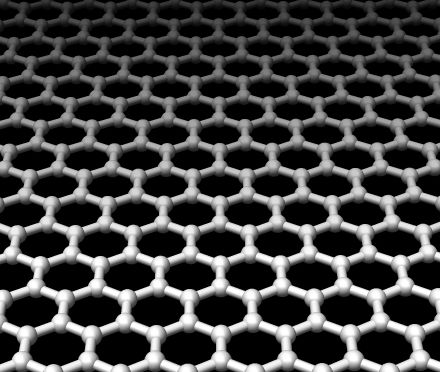Fundamental and Physical Limitations of Opto-electronic Devices
Ke Liu
The ever-growing demand for larger integration density, higher bandwidth and lower power consumption has made photonics as one of the key drivers in global data communications. The success and ongoing trend of nanophotonic anticipates a photonic roadmap leading to ultracompact photonic integrated components and circuits. The so-called nanophotonics is the study of light behavior on a nanometer scale. Nanophotonics may provide broad bandwidth, high speed, and ultra-small opto-electronic devices. Although the performance of Silicon and III-V platform based photonic integrated circuits is steadily increasing, the inherently weak light-matter interaction results in fundamental limitations to some key metrics such as footprint, speed and power consumption. There is a severe deadlock imposed on the miniaturization of nanophotonic devices as long as conventional propagating light is used. This deadlock is imposed by the diffraction of light known as the diffraction limit. For example, semiconductor electronics is limited in speed by interconnect delay-time issues (~10 GHz), and dielectric photonics is limited in size by the fundamental laws of diffraction (~1 um).
The recent technologies such as plasmonic, novel 2D materials like graphene, MoS2 may potentially pave a way to break the classical limit of photonic devices, such as modulators, lasers, and on-chip optical interconnects system. The Incubator will explore both the challenges and opportunities to overcome all relevant limits towards defining the next generation building block for photonic integrated circuits. The organizers hope that this meeting not only investigates solutions form a hypothetical standpoint, but from a realistic and industrial-viable one with a potential time-to-market in 5-10 years. What kinds of technology adopted for nanophotonic devices may beyond the classical limits? We are waiting to see. Stay tuned for more from this incubator meeting!
* OSA Incubator meetings are a new form of meeting aimed at providing unique and focused experiences to promote the growth and development of emerging fields within broader optics and photonics research community.

Graphene is amongst technologies that may pave a way to break the classical limit of photonic devices.
